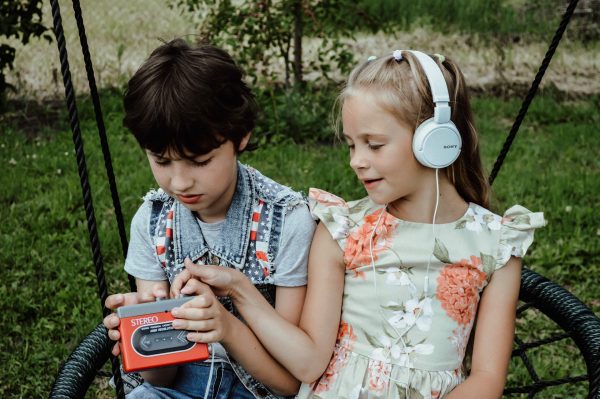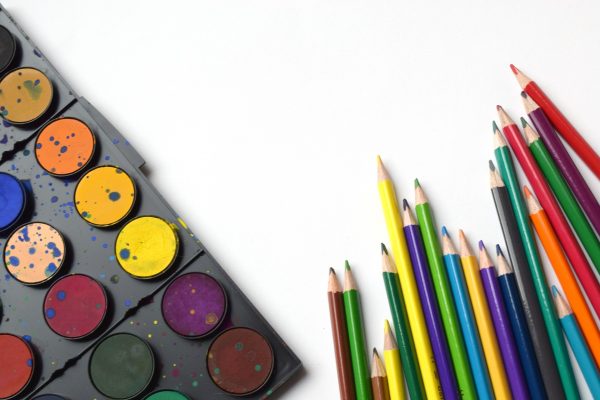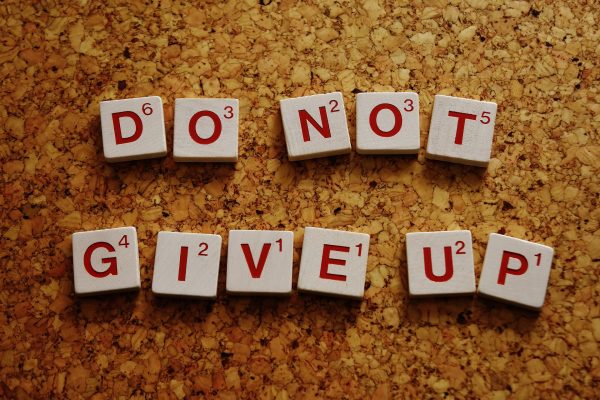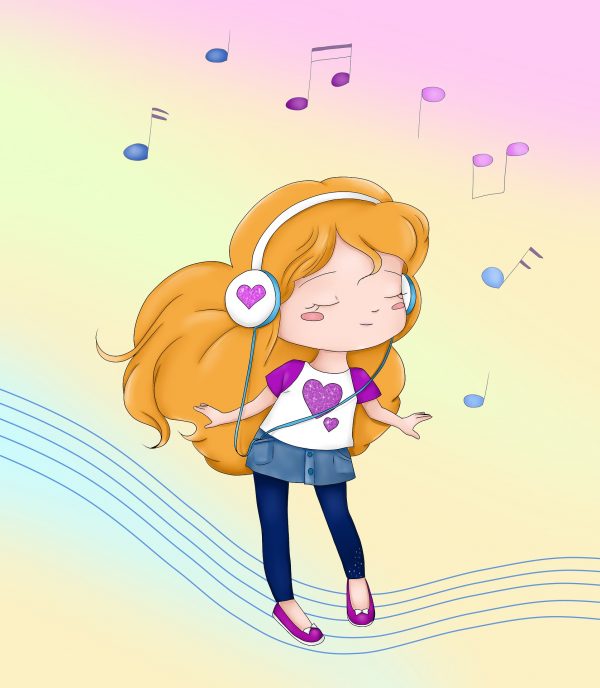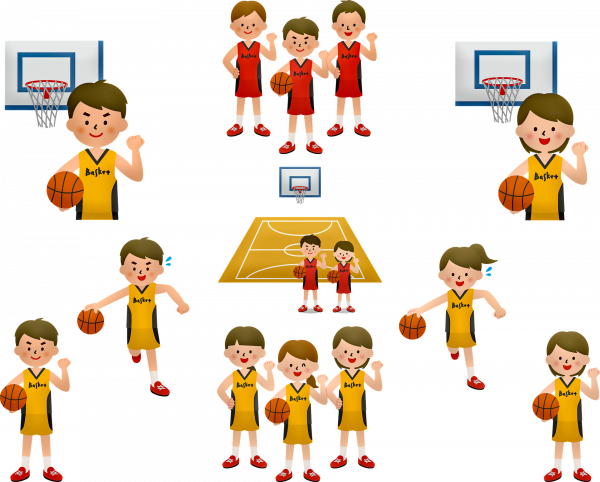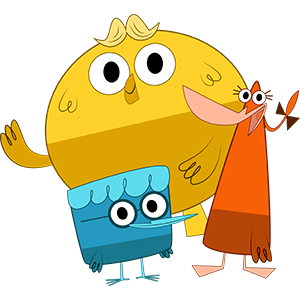In order for the child to know that A is A, they need to know the sound of the letter A. After you’ve pointed out the letter A and pronounced it for them, it helps to keep that fact fresh in the child’s mind. This means that throughout the day when you’re teaching letters and sounds to kindergarten children, you could ask them to write the letter in creative ways. If you tell them to write it on paper 25 times, it will feel like punishment. But if you make them paint it, create it with playdough or make it with Legos, it will be much more fun
Repetitive Sounds
Your first step will be for them to verbally shout out the alphabet every time they write it. This is a fun order of teaching phonics, letters, and sounds. Also, you could point out the alphabet in various places like wall posters, magazines, or anywhere around the house and check if they are able to tell you which alphabet it is.
Visual Aids
Now that they know the alphabet, they must learn to connect words with that alphabet. When you’re teaching letters and sounds to kindergarten kids, make them repeat the pronunciation of the letter, and then, in turn, you could name objects that begin with that letter so that they are able to understand the phonetic similarities between them. When the child says A, you say apple, airplane, alligator, ant, ax, etc. If you show them pictures, too, they will retain them faster. Later, you can move on to spelling games for kids.
Segmenting
After the alphabet, when the child is moving on to reading words, they must learn to break up the word into sounds of each alphabet and blend the word together again to pronounce it. When a child sees the word MAN, they will look at each alphabet and say ‘ma’ ‘ah’ ‘na’ in their minds, and then it will be easy for them to put it together to pronounce ‘man’.
Decoding
After they learn to read the word, they have to learn to hear a word and spell it out too. We can call this decoding. When you say the word CAT, the child will be able to form the different sounds in the word. They will arrive at ‘k’ ‘a’ ‘t’, and will spell the word as kat or cat, both of which are progress at the time because they are applying phonetics and trying to decipher the spelling. With a few other fun games, they will learn the difference between K and C, J and G, etc.
Listening Skills




